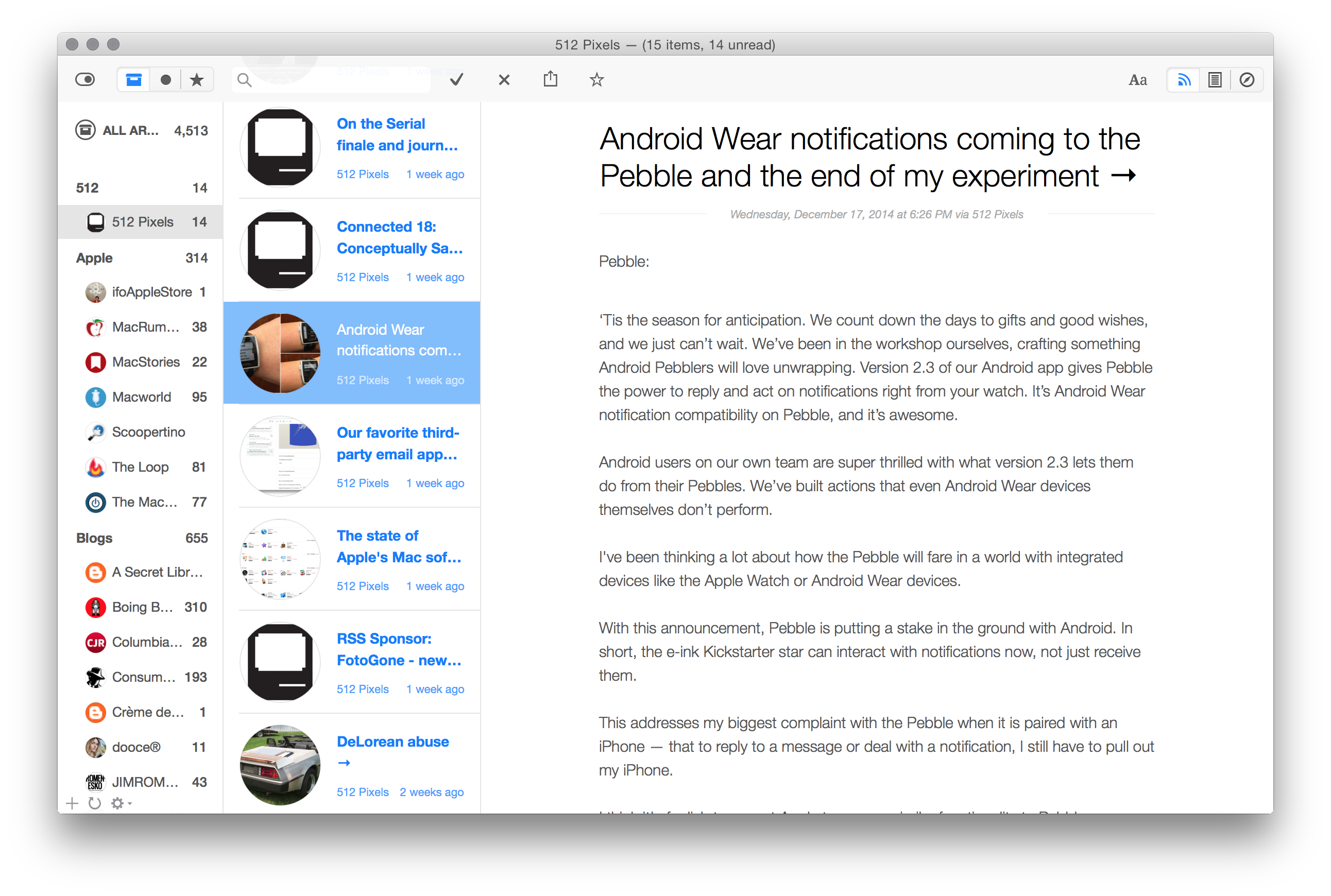Best Photo Manager For Mac Yosemite
Outlook for mac free download. So what took Microsoft so long to bring the coming version to market? So far, as is, new features and functionality seem rather limited for the next version of Office for Mac.
Over time, this software pick has morphed into a repository for photo management apps for the Mac. I'll continue to add photo-related apps to this collection, which will take it well past the 5 Photo Management Apps seen in the original title.
The best calendar app on the Mac is Fantastical ($9.99). Like other Mac apps for Yosemite, it runs in the background and a menu bar icon shows the calendar when the user clicks on it (see above). To add an appointment type into the box in the top of the drop down box. Use natural language to. An iPhone Photo Manager: Transfer Photos from iPhone to Mac with Ease. The default photos app on Mac allows you to import pictures from iPhone, iPad, but it only supports photos in camera roll, and it won’t allow you to choose photos by Albums. With a Photo Alternative like AnyTrans, you can transfer and manage pictures on your Mac or PC with ease. Apple developers make some useful tools for OS X that extend the usefulness of Yosemite, the latest version of Apple’s OS.We’re listing 18 essential Mac apps for Yosemite, including utilities, video apps, photo apps and productivity apps.
Might as well mark Picasa as a dead product too. Google has abandoned the desktop, and thinks you should be loading all your photos into their latest Site-Of-The-Week (which means you will have to move everything once again once their addled minds abandon that one just like they abandon every other project they do). Which mans *once again* I’m having to move the in-laws off of yet ANOTHER abandoned MSWin product.
Make sure AirDrop is enabled. Wait a few seconds for AirDrop to establish a connection. Tap on the 'Accept' button. Your file should automatically save into your Downloads folder. OK, all easy solutions are listed above?
Free Photo Manager For Mac
I think Photos will be a pretty good replacement for iPhoto users; Aperture users, not so much.: Aperture and Lightroom have long been the top professional photo management apps for the Mac. Many photographers have built their photo workflow using one or the other as the key image management app in their businesses. Lightroom may be a logical direction to move in, but first Adobe will need to come up with a graceful and easy way to migrate Aperture libraries, as well as offer equivalent workflow utilities. Flight sims for mac. Lightroom is available for $119.88 with a one-year subscription that includes Photoshop CC; a demo is available.

Best Photo Manager For Mac
That's not all it can do outside of the program, however. If you want to include your smartphone images in your photo collection, will allow you to quickly and easily transfer images to your computer wireless. No more complex import process - you just select the images you want, and press Sync, and they're available on your computer.
Best Photo Manager For Windows
I'll be using it to bring order to the chaos of my photo collection, and hopefully I'll discover even more great images that I lost somewhere along the way. SmartPix Manager is available for all versions of Windows as far back as XP, although nobody should be using it anymore. Free file cleaner for mac. At $49.50 it's a bit on the expensive side for a photo manager, but it also has the ability to handle video, audio and text files if desired. During the initial startup phase, SmartPix requires you to import all of your images. This is a much slower process than some of the other managers I reviewed, although it does provide the opportunity to apply keywords while importing. For my situation, that wasn't particularly helpful since my images are stored in month-based folders, but if you store things differently it may be helpful. I was able to bypass it by selecting no keywords and checking the 'Do not prompt me' box, but the initial import process is still quite slow despite my computer's tech specs.
Picktorial doesn't use layers, and instead has gone with a method where your edits are applied in areas, such as “patches”, which gives you more precise control with each tool instead of affecting the entire image. Because it's non-destructive, it never makes changes to your original master images. And any edits you make can be undone anytime you wish. What almost seems like magic, is how Picktorial actually handles all of your edits. Since it doesn't rely on a library database to store all of the incremental changes, it instead cleverly saves all of this data invisibly right inside your master image files (as XMP formatted metadata) for formats such as JPEG, TIFF and DNG files. If your masters are in the RAW format, the data is stored in an accompanying.xmp sidecar file.
Shots are placed in a grid while maintaining good thumbnail size for easy viewing. It’s easy to edit the album title with a simple click, and you can invite others with an obvious “+” icon below it. Other album options are in the top right, prominent, but not intruding on your experience. Compared to other services, editing with Google Photos feels a little underwhelming. We’d like to see more options, similar to Flickr. Assistant is there to help with the creation of new albums, shared albums, collages, movies and animations, which makes it easier for pure end-users.